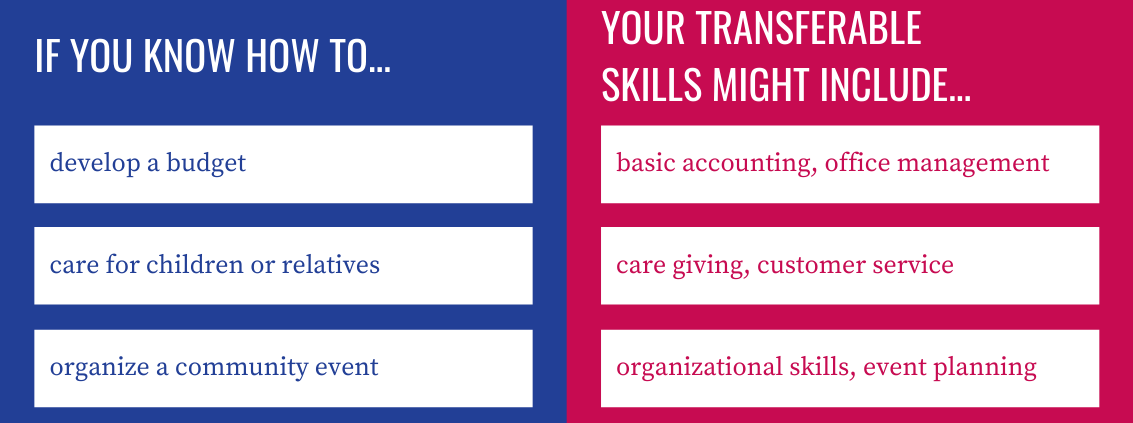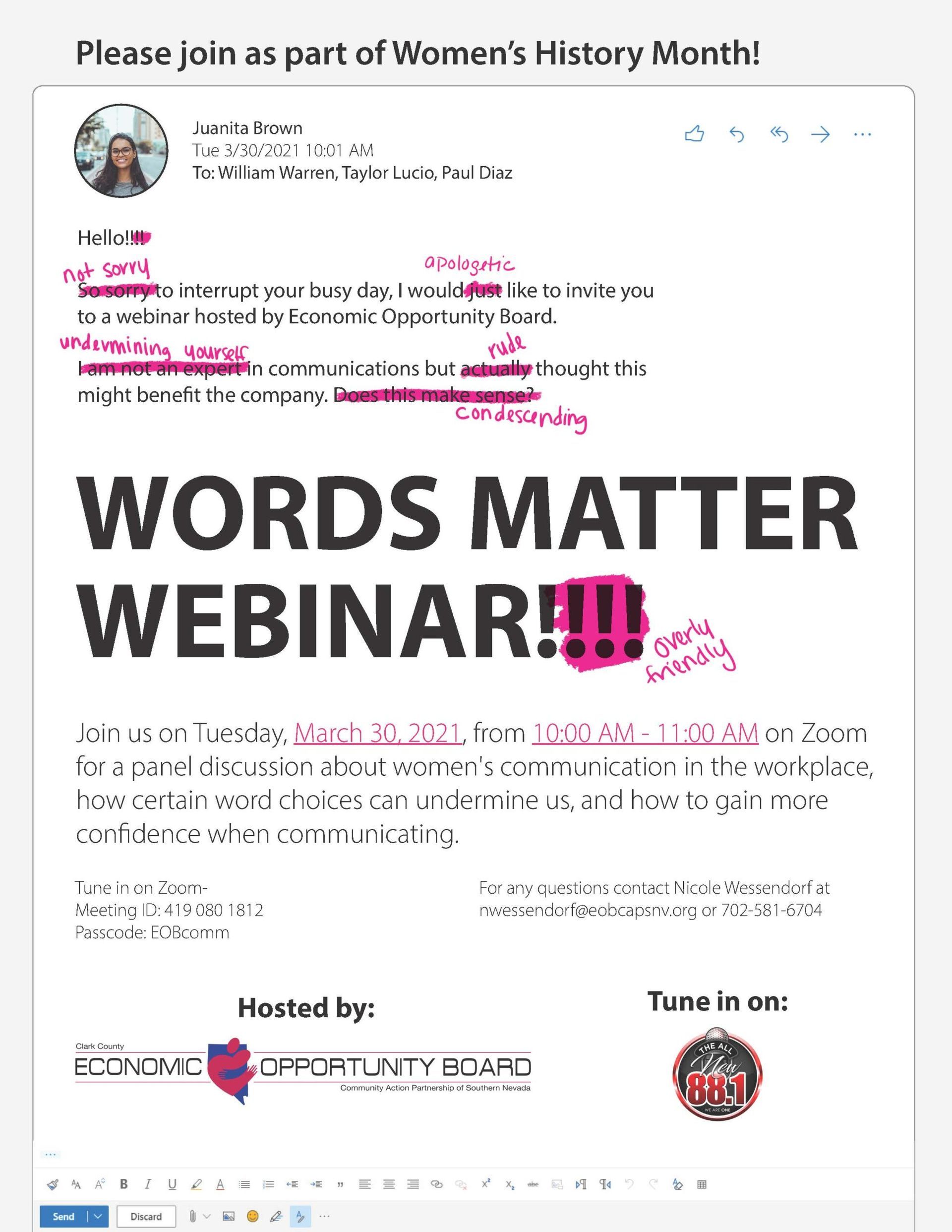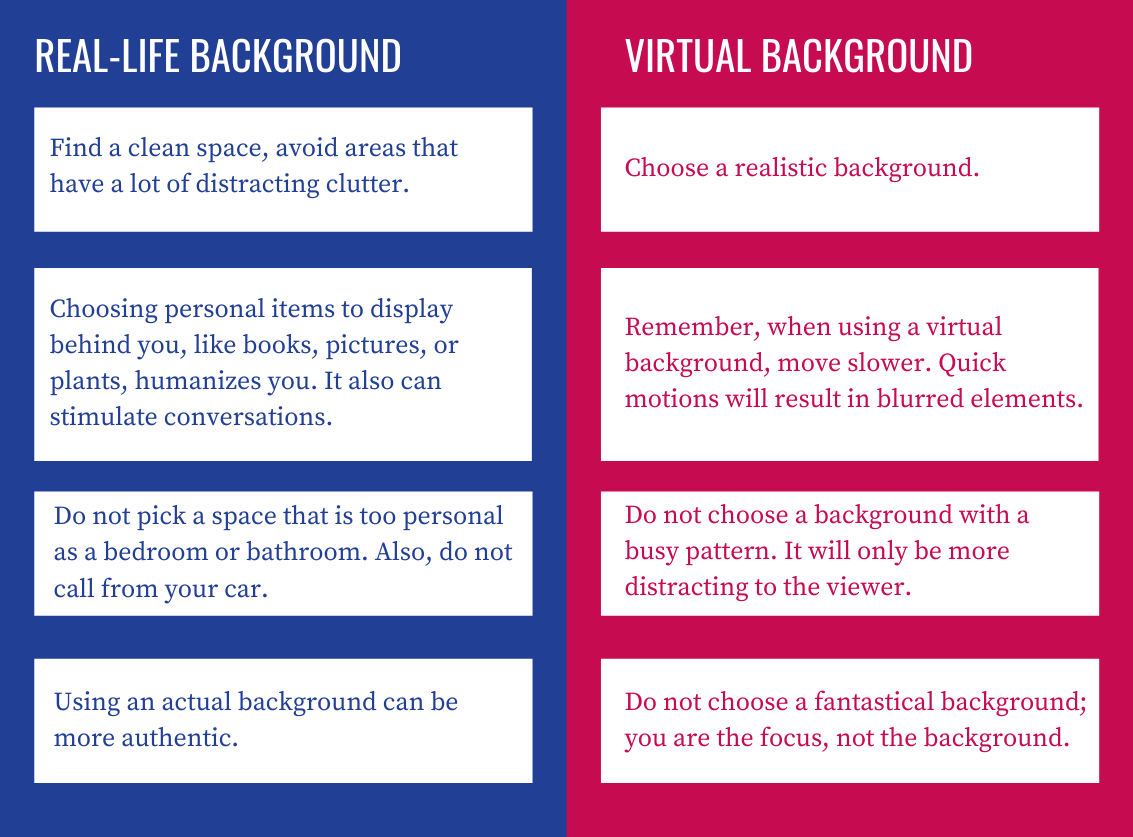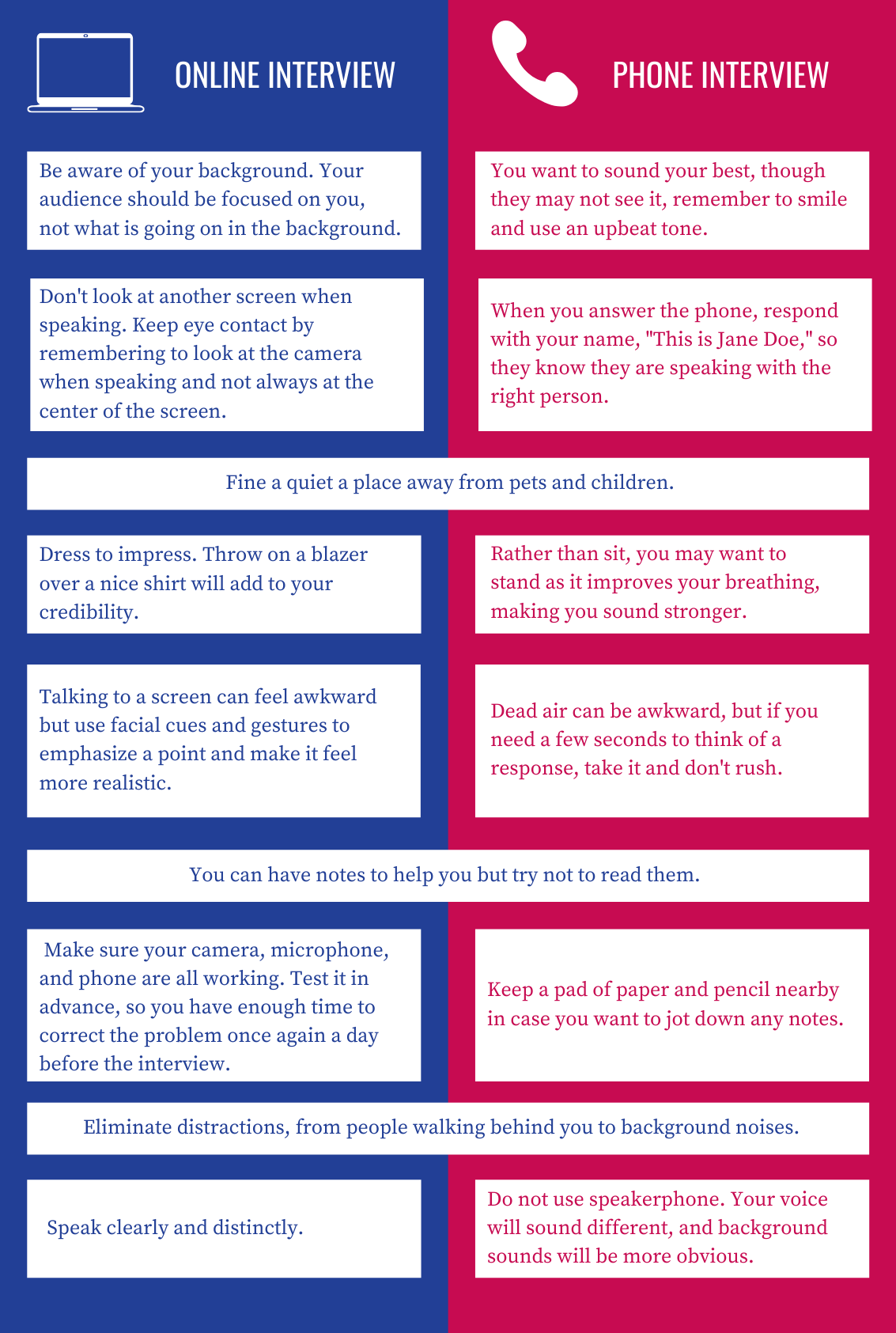How to Transition a New Career Due to COVID-19
COVID-19 may have impacted your career to necessitate an industry change, or you are feeling the time is right to discover a new career path. Either way, this guide will help you take the steps to transition to a new fulfilling position.
Step 1: Get to know yourself
Before you immediately jump into your next job search, take time to self-evaluate. When you’re in the middle of the 9-5 grind, it’s hard to get the perspective you need to plot your course.
Ask yourself the following questions:
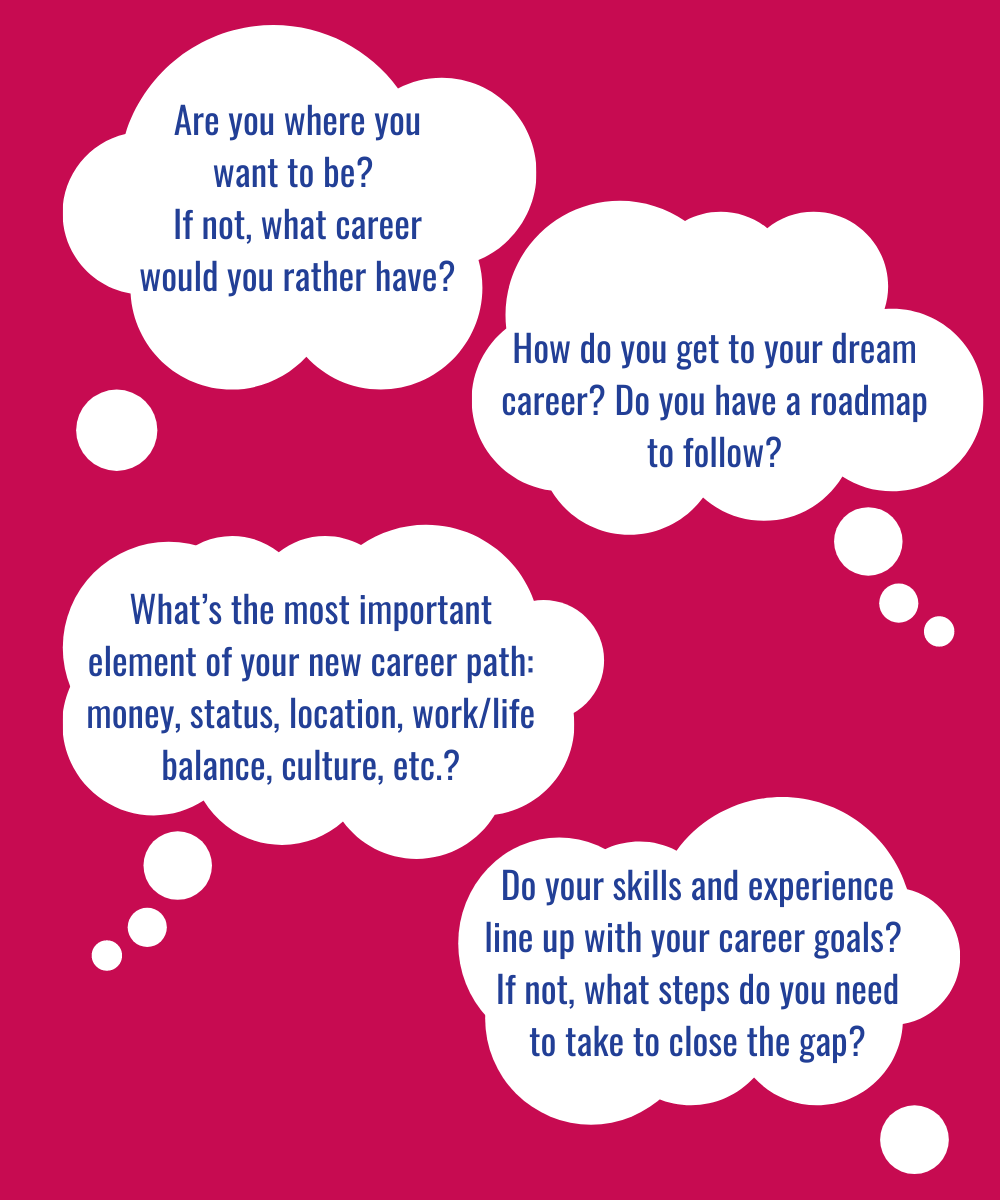
Another activity you can try is free association. Write out everything you enjoy in life, don’t leave anything out. Just because it might seem minimal, it could be major, including things like walking the dog or cooking dinner. Next, do the opposite think of everything you don’t enjoy doing. Do you see a pattern or cluster on each of these lists?
Ultimately, your ideal job will incorporate some version of the activities you enjoy while minimizing the activities you dislike. The more you know about what you want and how to get there, the more value you’ll get out of the transition.
Step 2: What you’ve got now
Write a list of skillsets that you have acquired through your previous jobs. Take that list and what you enjoy the list and see what could overlap. Regardless of your current position, chances are pretty good that you have some transferable skills. Do you enjoy walking the dog and have previous experience with documentation, analyzing information, and patience, then a vet tech could be a good fit. If you need some help figuring this out, use the skill match tool from CareerOneStop.
Step 3 Get to know your new career
Now you’ve found the career path you would like to go down, research it. Read up on industry trends, salary ranges, and job responsibilities. Use payscale.com to search a job title and learn more about it. Next, research companies that offer that position in your area. Reach out to them and see if you could meet for coffee to learn more about the industry/company and even tag along for a day.
Getting some hands-on experience by volunteering will let you test-drive the skills needed for your new career. For almost anything you want to do, an organization will accept your offer of free labor. An additional benefit of volunteering is the ability to grow your network. Talk to people in the organization and let them know what you’re working to accomplish and the career change you intend to make. They may be able to assist you.
Step 4: Become a social butterfly
Join professional associations as this is a great way to network with future colleagues. Professional associations often sponsor conferences, networking sessions, and professional development/educational opportunities for their members.
Build a relationship with a mentor, they can play a unique role in your career development well beyond the transition leg of your journey. In fact, as you network, you can begin to develop several mentoring relationships. Don’t think you can only have one mentor, because each mentor will bring a unique perspective to your new career.
Jim Rohn once famously said, “You are the average of the five people you spend the most time with.” Surround yourself people who match what you want your life to be. Although it may feel unnatural, make the effort to surround yourself with people aligned with your desired future rather than only those from your past.
Step 5: The job search
Don’t just limit yourself to just using online job postings. Instead, use your network: your family members, friends, former colleagues, mentors, etc. to help you find a position. You will have much better luck getting the interview if you have a cheerleader saying you are the perfect fit for the job. Personal recommendations go further than a resume any day,
Jobvite’s 2019 Job Seeker Nation Survey reports that 50% of respondents heard about jobs from friends, while 37% say they also learn about jobs from professional networks.
Finally, apply for the job! All the planning in the world won’t transform your current job into the one you want without you taking the final step of completing a job application. Now that you’ve built up your confidence with volunteer organizations (that you can now use to pad your resume) and you have a network of people who can provide a reference or a connection, you need to start applying for the job you want!
This can be a difficult transition that requires lots of patience and perseverance. There will be many setbacks and challenges along the way so build a strong support group that can lift you up. It may take longer than expected but remember you are working to a greater goal that will pay off.
The post How to Transition a New Career Due to COVID-19 appeared first on Economic Opportunity Board.
RECENT POSTS



